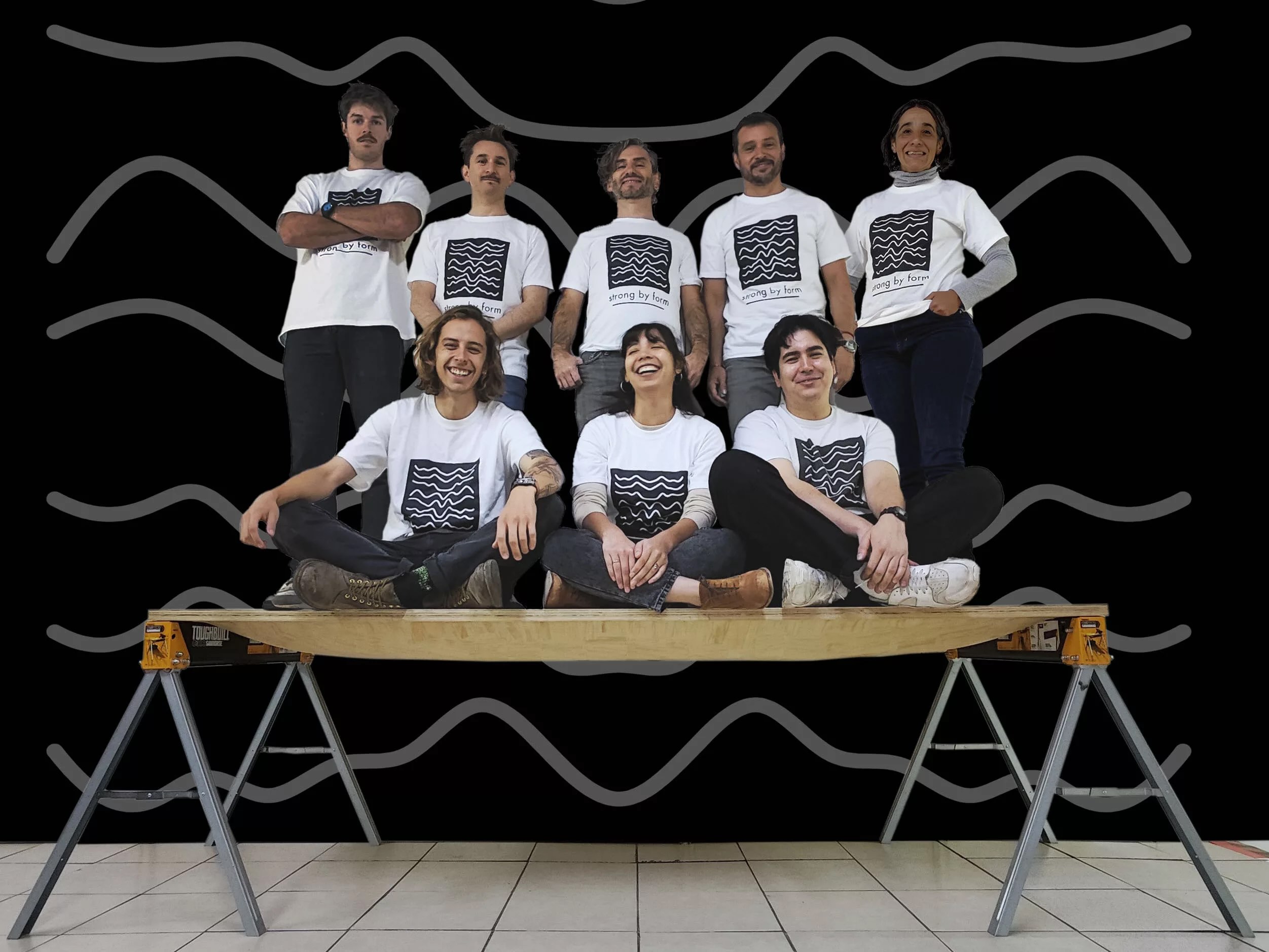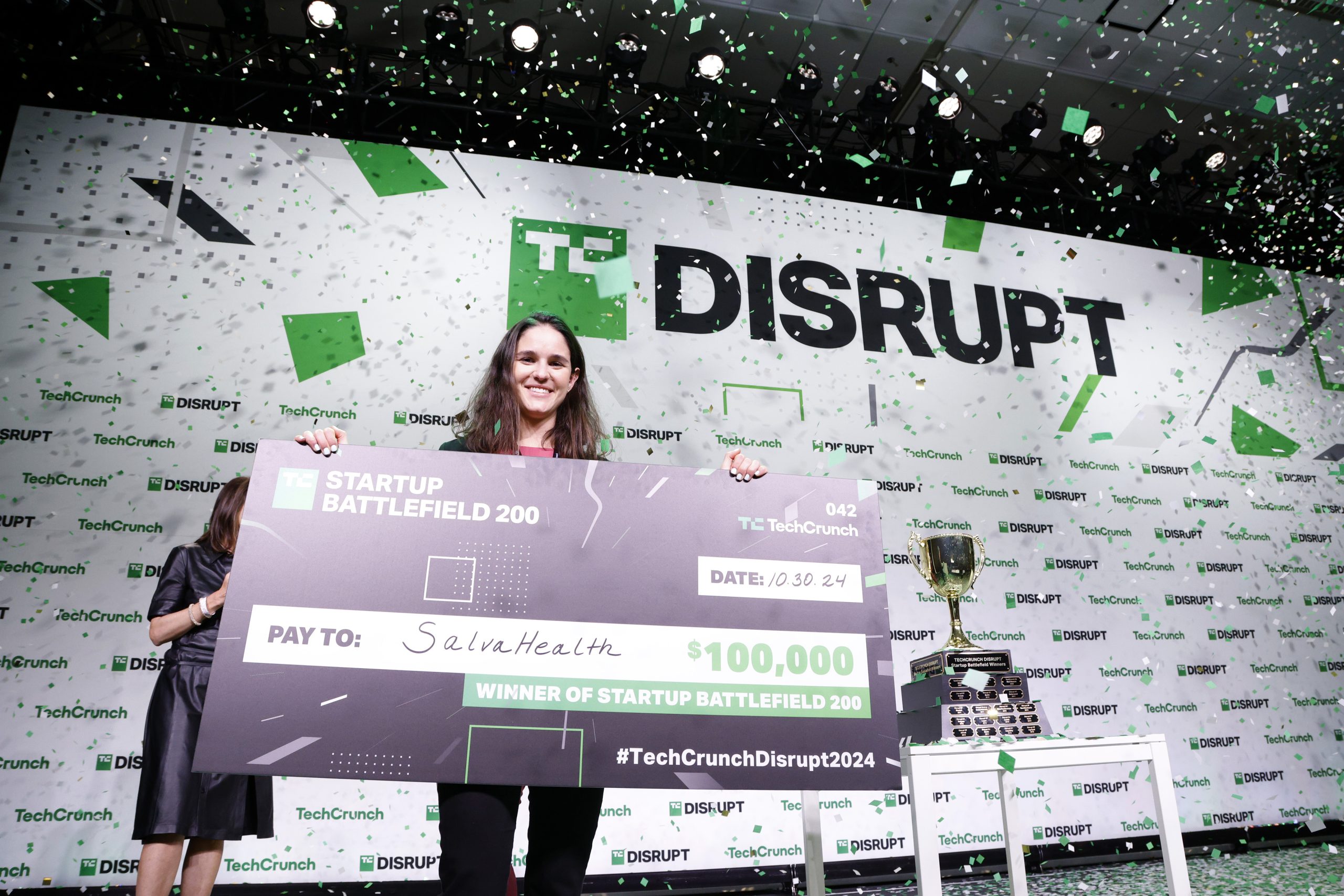In a significant move reflecting the accelerating convergence of artificial intelligence and personal wellness, Ladder, a prominent strength training application, has officially launched its integrated nutrition-tracking platform, Ladder Nutrition. This strategic expansion positions the app to offer its user base a more holistic and streamlined approach to managing their health objectives, moving beyond mere exercise logs to encompass the critical element of dietary intake. The introduction of this new functionality, which leverages advanced AI models for diverse food input methods, underscores a broader industry trend toward comprehensive digital health ecosystems that cater to the nuanced demands of modern fitness enthusiasts.
The Evolution of Digital Health and Fitness Tracking
The journey of digital health tools has been marked by a continuous quest for greater convenience, accuracy, and personalization. What began decades ago with rudimentary pedometers and paper food diaries evolved into early digital platforms like MyFitnessPal, which revolutionized manual calorie and macronutrient logging in the late 2000s. These initial iterations, while groundbreaking, often required diligent manual data entry, a process that could be cumbersome and prone to user drop-off due to the effort involved. The subsequent rise of wearable technology, such as smartwatches and dedicated fitness trackers, brought passive activity monitoring to the forefront, shifting the focus from conscious logging to ambient data collection.
However, a persistent gap remained in effortlessly connecting physical exertion with dietary intake. Users frequently found themselves toggling between multiple applications—one for workouts, another for food—leading to fragmented data and a disjointed understanding of their overall progress. The advent of more sophisticated artificial intelligence, particularly in the realms of computer vision, natural language processing, and multimodal understanding, has begun to bridge this divide. These AI advancements enable applications to interpret complex inputs like photographs of meals, spoken descriptions, or barcode scans, translating them almost instantly into detailed nutritional information. This technological leap has paved the way for a new generation of fitness apps, both established players adding new features and innovative startups, to offer genuinely integrated health management.
Ladder Nutrition: Bridging the Input-Output Divide
Ladder Nutrition’s core appeal lies in its sophisticated, user-friendly interface that accommodates various input preferences. Users can log their meals by simply taking a photograph, scanning a product barcode, typing in food items, or even describing what they’ve eaten through voice commands. The underlying AI infrastructure then processes these inputs to estimate macronutrient breakdowns—proteins, carbohydrates, and fats—and overall calorie counts. Recognizing that real-world portion sizes vary, the platform also allows users to easily edit and adjust these estimations, ensuring a higher degree of accuracy and personal relevance.
A key differentiator highlighted by Ladder is the seamless integration of nutritional tracking directly within the existing workout application. For many fitness enthusiasts, the connection between "inputs" (food consumed) and "outputs" (energy expended and muscle built during workouts) is paramount. By consolidating these two critical data streams, Ladder aims to provide its members with a unified dashboard that offers a clearer, more immediate correlation between their dietary habits and their athletic performance. This integrated view can foster a deeper understanding of how nutrition directly fuels training, recovery, and overall progress, moving beyond isolated metrics to a comprehensive performance ecosystem.
Navigating the Complexities of AI-Driven Nutrition
Developing an AI system capable of accurately identifying and quantifying the nutritional content of diverse foods is a formidable challenge. The complexity stems from several factors: the vast array of global cuisines, the variability of ingredients, preparation methods, and the inherent difficulty in precisely estimating portion sizes from visual cues alone. Ladder has addressed these challenges by employing a multi-model AI approach for image recognition, ingredient identification, and macro calculation. This layered system provides a robust framework where if one AI model struggles with a particular dish or an obscure ingredient, another can step in to provide a more accurate assessment.
Crucially, Ladder has also partnered with a specialized nutrition data provider to overcome a common limitation of many AI food models: their default training on predominantly U.S.-centric dietary data. This partnership ensures that Ladder Nutrition can accurately recognize and process information for a wide range of international cuisines, broadening its utility and appeal to a global user base. Such an approach reflects an understanding that health and wellness are culturally specific, requiring sophisticated data sets that extend beyond Western dietary norms. Furthermore, the platform includes specialized features like a "protein mode," allowing users to prioritize and closely monitor their daily protein intake, a crucial metric for strength training and muscle development.
The Market Landscape and Competitive Dynamics
The digital health and fitness market is a rapidly expanding sector, projected to continue its substantial growth in the coming years. This environment has fostered intense competition, with a diverse array of players vying for user attention. Established giants like MyFitnessPal, Lifesum, and Healthify have long dominated the nutrition tracking space, consistently evolving their offerings. Simultaneously, a new wave of innovative startups, such as Alma and Cal AI, have emerged, often leveraging cutting-edge AI for photo-based calorie logging, demonstrating the market’s appetite for advanced, user-friendly solutions.
Ladder’s entry into this segment is a strategic maneuver designed to leverage its existing strength training user base and address their expressed needs. By offering an integrated solution, Ladder aims to reduce user friction—the inconvenience of using multiple apps—and enhance retention. The company’s internal surveys revealed a strong desire among its members for an in-app nutrition tracker, a clear indicator of unmet demand. Initial testing results, showing that a significant percentage of users intended to switch their calorie tracking apps after experiencing Ladder’s new features, underscore the potential impact of this integrated approach on user loyalty and market share. This move is not merely about adding a feature; it’s about solidifying Ladder’s position as a comprehensive wellness platform in a competitive landscape where integration and personalization are increasingly key differentiators.
Enhancing User Engagement Through Gamification and Guidance
Beyond raw data tracking, Ladder Nutrition incorporates elements designed to boost user engagement and adherence. Features such as "streaks," "badges," and "progress reminders" gamify the nutrition logging process, transforming what can sometimes feel like a chore into a more motivating and rewarding experience. This approach aligns with established principles of behavioral psychology, where positive reinforcement and visible progress cues can significantly improve long-term user participation.
The strategic vision for Ladder Nutrition extends beyond simple tracking. Greg Stewart, CEO of Ladder, articulated the company’s commitment to evolving the platform into a more prescriptive and intelligent guidance system. Future iterations are envisioned to offer personalized recommendations on "what to eat, how to fuel, and how to optimize nutrition based on individual training habits and goals continuously." This evolution from descriptive tracking to proactive, AI-driven nutritional coaching represents the next frontier in digital wellness, promising users tailored advice that adapts dynamically to their lifestyle and evolving fitness journey. Such a capability could dramatically enhance the effectiveness of personal health management, moving beyond generic advice to deeply personalized, actionable insights.
Accessibility and Business Model
Ladder Nutrition is offered as a complimentary feature for all existing Ladder members, who subscribe to the service at $29.99 per month or an annual rate of $179.99. With over 300,000 paid members worldwide, this integrated offering provides substantial added value without an additional fee, enhancing the overall proposition of the Ladder ecosystem. This approach supports member retention and attracts new users seeking a comprehensive, all-in-one fitness and nutrition solution. By consolidating services under a single subscription, Ladder simplifies the user’s digital wellness stack and reinforces the value of its membership.
In an era where personal health data is both valuable and sensitive, the implementation of such features also brings into focus considerations around data privacy and security. While not explicitly detailed, reputable platforms like Ladder are expected to adhere to stringent data protection protocols to maintain user trust, especially when dealing with highly personal dietary and fitness information. The integration of advanced AI models and the collection of extensive user data necessitate robust security frameworks and transparent privacy policies to safeguard user information effectively.
The Future of Personalized Wellness
Ladder’s launch of its integrated nutrition tracking feature marks a significant milestone in the digital fitness landscape. It not only addresses a clear demand from its user base but also exemplifies the broader industry shift towards comprehensive, AI-powered wellness platforms. By seamlessly merging workout and dietary data, Ladder empowers users with a more complete understanding of their health, facilitating more informed decisions and fostering sustainable habits. As AI continues to advance, the potential for these platforms to offer increasingly sophisticated, personalized, and predictive health guidance is immense, promising a future where optimizing personal well-being is more accessible and effective than ever before. This move by Ladder is not just about a new feature; it’s about shaping the future of integrated digital health.





